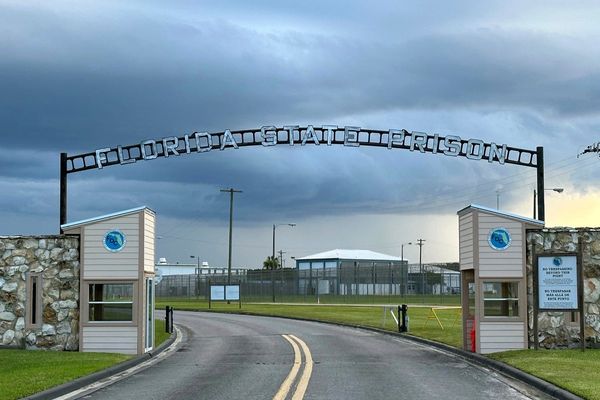
Housing will be the centrepiece of the New South Wales budget, with money for social and affordable homes, regional development and essential services to support growth across Sydney.
While the treasurer, Daniel Mookhey, acknowledged there was no quick fix for the crisis, he said he had been listening to experts who called for more homes to help those most in need and stem the brain drain from the state.
“If we simply do nothing, we will condemn the next generation of people in NSW to a future without the prospect of home ownership and that’s not something we should give up easily,” Mookhey told Guardian Australia.
“Turning around a ship like this won’t be achieved in any one budget.”
Combating the worsening scourge of domestic violence in part through an increase in social and affordable housing was also on the treasurer’s mind.
“One of the most pressing needs is … a safe place for people to go,” he said.
He tempered the expectations of advocates waiting for big, bold transformative steps on Tuesday, pointing to the $230m emergency package announced last month.
The budget will not be splashy, in part because of the Commonwealth Grants Commission’s GST decision, which will leave NSW $11.9bn worse off over the next four years and threaten the state’s triple-A credit rating.
Mookhey was confident the loss could be absorbed in the budget after last year’s tough cuts and the state’s commitment to fiscal repair and spending restraint.
But he was “angry for the people in NSW”.
“We take on the bulk of the nation’s population growth, we are the biggest part of the nation’s economy, we are the most productive part of the nation’s economy and we do deserve our fair share of GST,” he said.
The treasurer will push his Canberra counterparts to reform the GST but will not petition for changes on negative gearing and capital gains to tackle property ownership.
“The easiest thing for this government to do would be to point the fingers at others and say it’s their job to fix these problems,” he said. “That’s not our approach.”
The treasurer is also doing what he can to tame inflation, which still presents an imminent threat. There would be no cash injections or vouchers as NSW attempts to “wring” inflation out of the economy.
“This budget is about making sure we build a better NSW for people to have a home in which to live, a hospital they can rely on and a world-class public school in their neighbourhood,” Mookhey said, parroting much the same line as last year. “Our strategy is consistent.”
The government will shell out $1.4bn over four years for new and upgraded schools for regional communities and $253m for planners to speed up the assessment of development applications, to deliver housing uplift and infill across Sydney.
This year the premier, Chris Minns, announced $200m for councils that meet and beat a fresh set of housing targets as part of the NSW government’s push to build nearly 400,000 new homes over the next five years.
While housing advocates were disappointed by the scale of September’s $300m injection into Landcom to fund almost 5,000 homes over the next 15 years, Mookhey foreshadowed more for the state property developer, including build-to-rent products and regional builds.
The government has also pledged money for the second stage of the Parramatta light rail, upgrades and new roads around the western Sydney airport precinct and more buses in western Sydney.
Almost $1bn has been promised to tackle biosecurity threats, including feral pigs on prime agricultural land, over the next four years.







